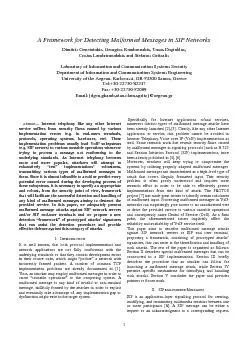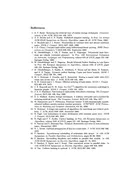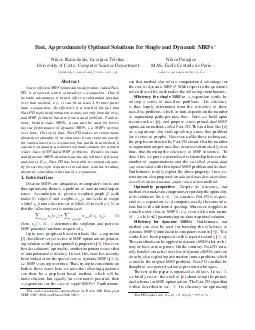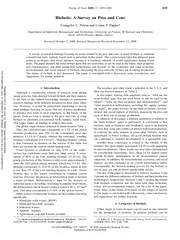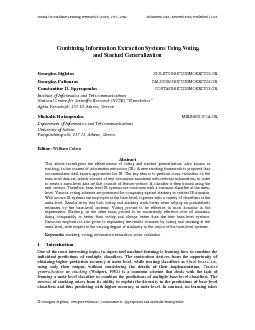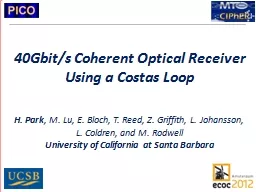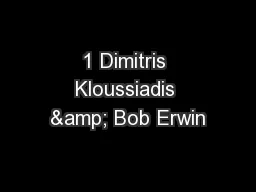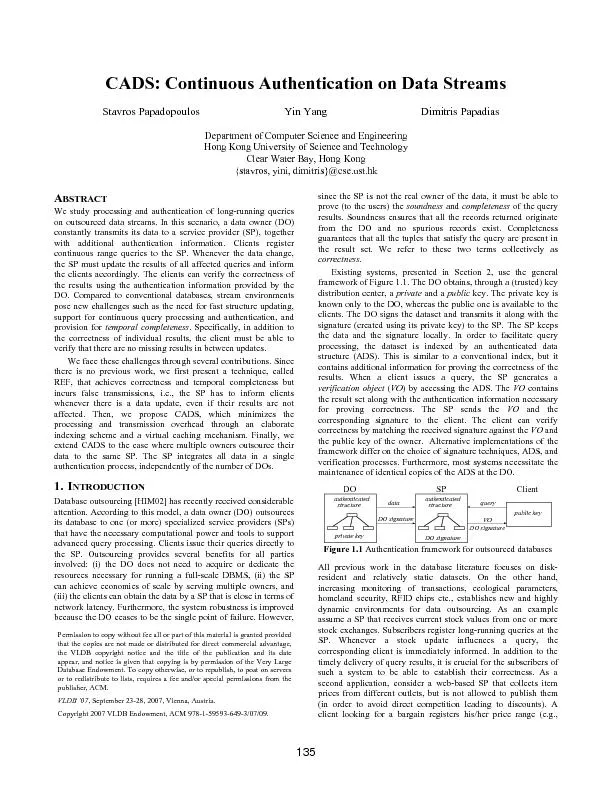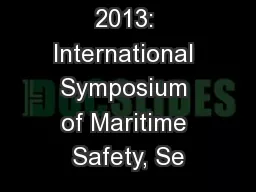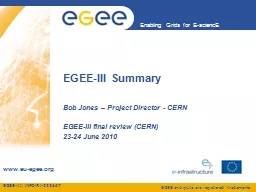PDF-Dimitris Geneiatakis, Georgios Kambourakis, Tasos Dagiuklas, Costas La
Author : mitsue-stanley | Published Date : 2015-08-30
consisting of the header fields and the message body The overall structure of a typical SIP message is depicted in Figure 1 SIP messages are textbased and are very
Presentation Embed Code
Download Presentation
Download Presentation The PPT/PDF document "Dimitris Geneiatakis, Georgios Kambourak..." is the property of its rightful owner. Permission is granted to download and print the materials on this website for personal, non-commercial use only, and to display it on your personal computer provided you do not modify the materials and that you retain all copyright notices contained in the materials. By downloading content from our website, you accept the terms of this agreement.
Dimitris Geneiatakis, Georgios Kambourakis, Tasos Dagiuklas, Costas La: Transcript
Download Rules Of Document
"Dimitris Geneiatakis, Georgios Kambourakis, Tasos Dagiuklas, Costas La"The content belongs to its owner. You may download and print it for personal use, without modification, and keep all copyright notices. By downloading, you agree to these terms.
Related Documents

